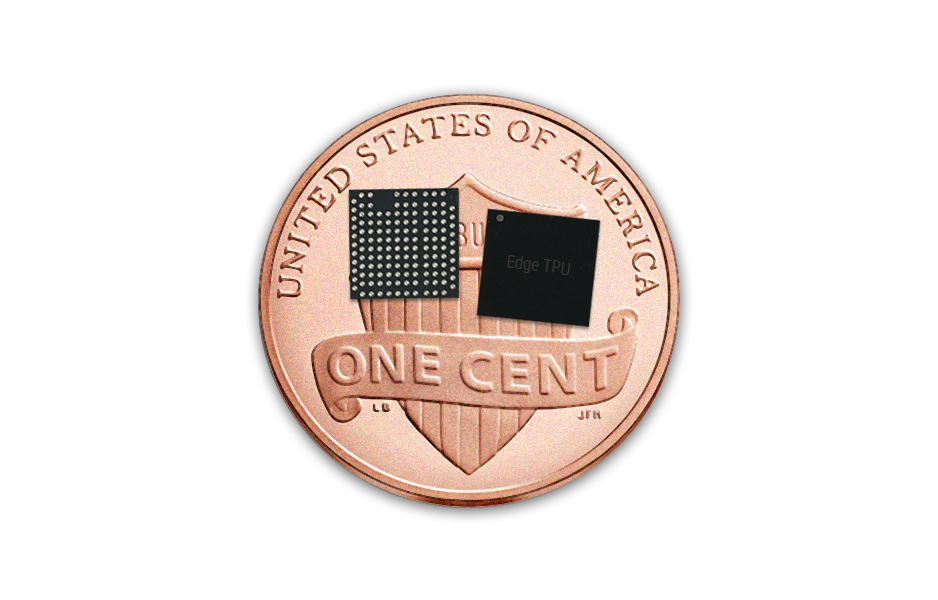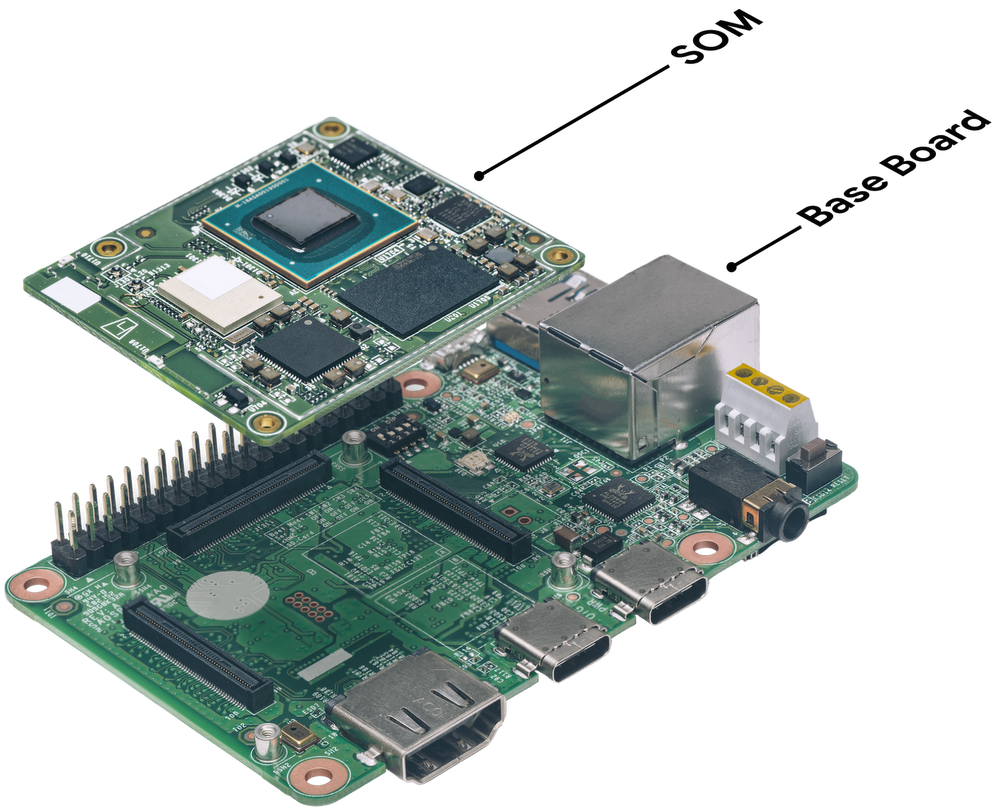Google brings AI to edge devices
The cloud giant's new TPU chip makes it possible for IoT devices to run machine learning models

Google has announced its first purpose-built chip designed to help companies run machine learning models across IoT networks and the edge.
The Edge tensor processing unit (TPU) is an ASIC chip designed to handle machine learning models at the edge, upgrading IoT sensors from data harvesters to devices that can make inferences based on what they collect.
The idea is that by allowing much of the data analysis to occur at the very edge of the network, it's far easier and quicker to train the machine learning algorithms sat in the cloud. For example, a CCTV camera fitted with an Edge TPU chip would not only capture video, but perform facial recognition on the feed before it arrives at the server.
What's more, given that the chips are only making inferences rather than training the models themselves, they operate at a fraction of the power of machine learning hardware. Google was keen to show off that you could fit four Edge TPUs on a single US penny (see main picture).
Supporting machine learning models running on Edge TPUs is Google's newly-announced Cloud IoT Edge. This software can also underpin ML algorithms powered by GPUs or GPU-based accelerators, and can run on devices powered by the venfor's IoT operating system Android Things as well as Linux.
The software connects to the Cloud IoT Core, a managed service Google announced last year that was set up to connect IoT devices directly to its cloud platform.
Google claims this will make it far easier for businesses to build use cases around machine learning - with a bulk of the data analysis being done at the edge, companies don't need to worry about maintaining reliable connections with the cloud, or worry about regulations that mean it's simpler for companies to comply by just storing data on-premise.
Get the ITPro daily newsletter
Sign up today and you will receive a free copy of our Future Focus 2025 report - the leading guidance on AI, cybersecurity and other IT challenges as per 700+ senior executives
Cloud IoT Edge is capable of analysing images, videos, gestures, acoustics and motion locally on the device, the company claims.

The Edge TPU development kit will be available in October
"We are the only cloud vendor today to have combined our AI research, our software research, and our hardware research to build together a hardware that is truly optimised for the latest and greatest AI technology," said Antony Passemard, head of product management for Cloud IoT.
"This is a game changer for IoT. This is really bringing intelligence to the edge in a very efficient manner in terms of watts consumed or price point," he added.
In order to test the new hardware and software, Google will be releasing a development kit in October that includes a system on module (SOM), featuring a quad-core CPU, a crypto-chip for added security, and the Edge TPU built in.
This SOM can be placed on top of a base board that the company has also developed, which will add connectivity options like Wifi and USB-C, as well as local storage.
For early access to the kit ahead of the October release, developers can submit a request through this form.
Pictures courtesy of Google
Dale Walker is a contributor specializing in cybersecurity, data protection, and IT regulations. He was the former managing editor at ITPro, as well as its sibling sites CloudPro and ChannelPro. He spent a number of years reporting for ITPro from numerous domestic and international events, including IBM, Red Hat, Google, and has been a regular reporter for Microsoft's various yearly showcases, including Ignite.
-
 Global cybersecurity spending is set to rise 12% in 2025 – here are the industries ramping up investment
Global cybersecurity spending is set to rise 12% in 2025 – here are the industries ramping up investmentNews Global cybersecurity spending is expected to surge this year, fueled by escalating state-sponsored threats and the rise of generative AI, according to new analysis from IDC.
By Ross Kelly Published
-
 Google Cloud is leaning on all its strengths to support enterprise AI
Google Cloud is leaning on all its strengths to support enterprise AIAnalysis Google Cloud made a big statement at its annual conference last week, staking its claim as the go-to provider for enterprise AI adoption.
By Rory Bathgate Published
